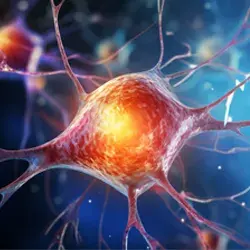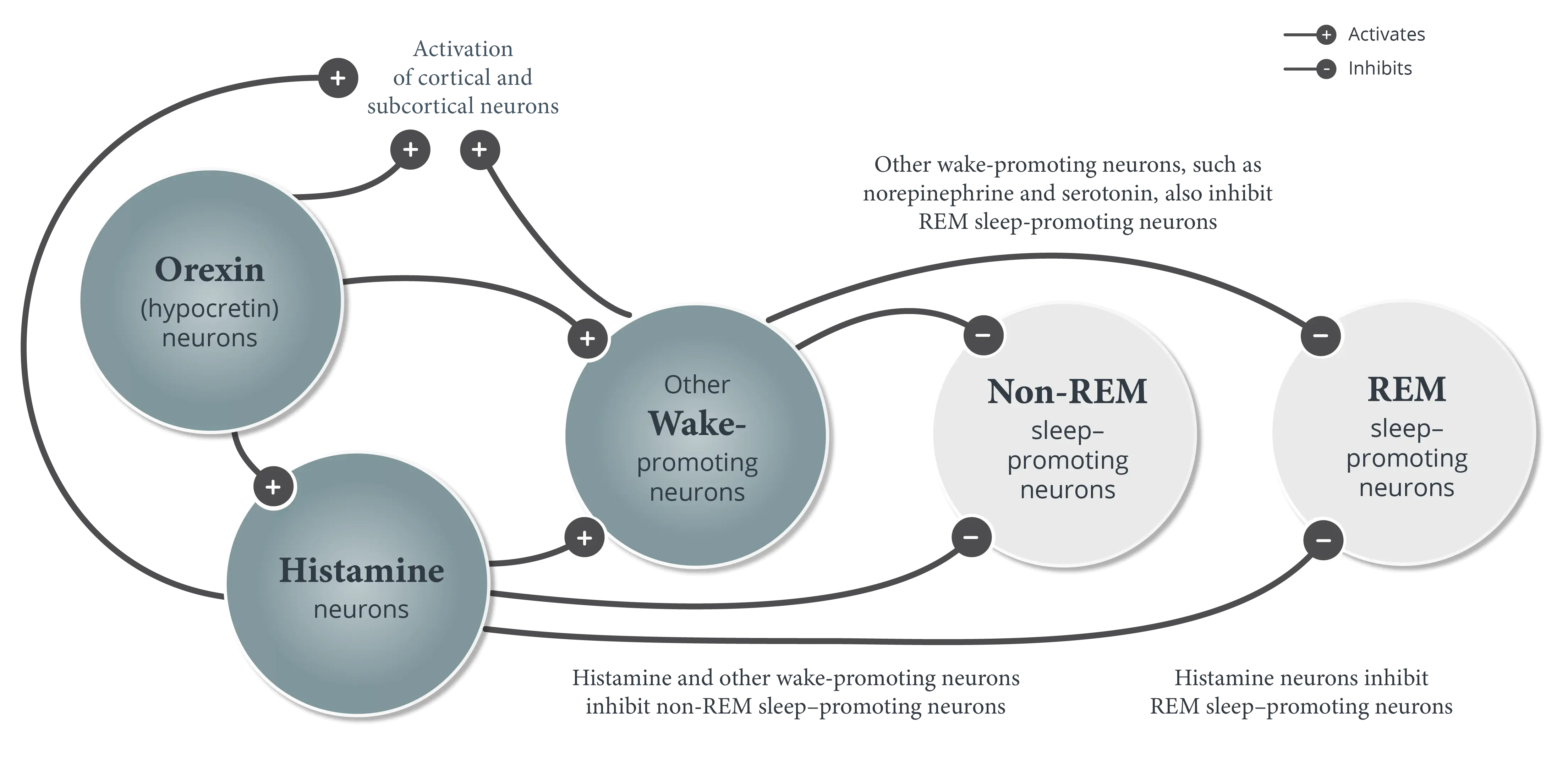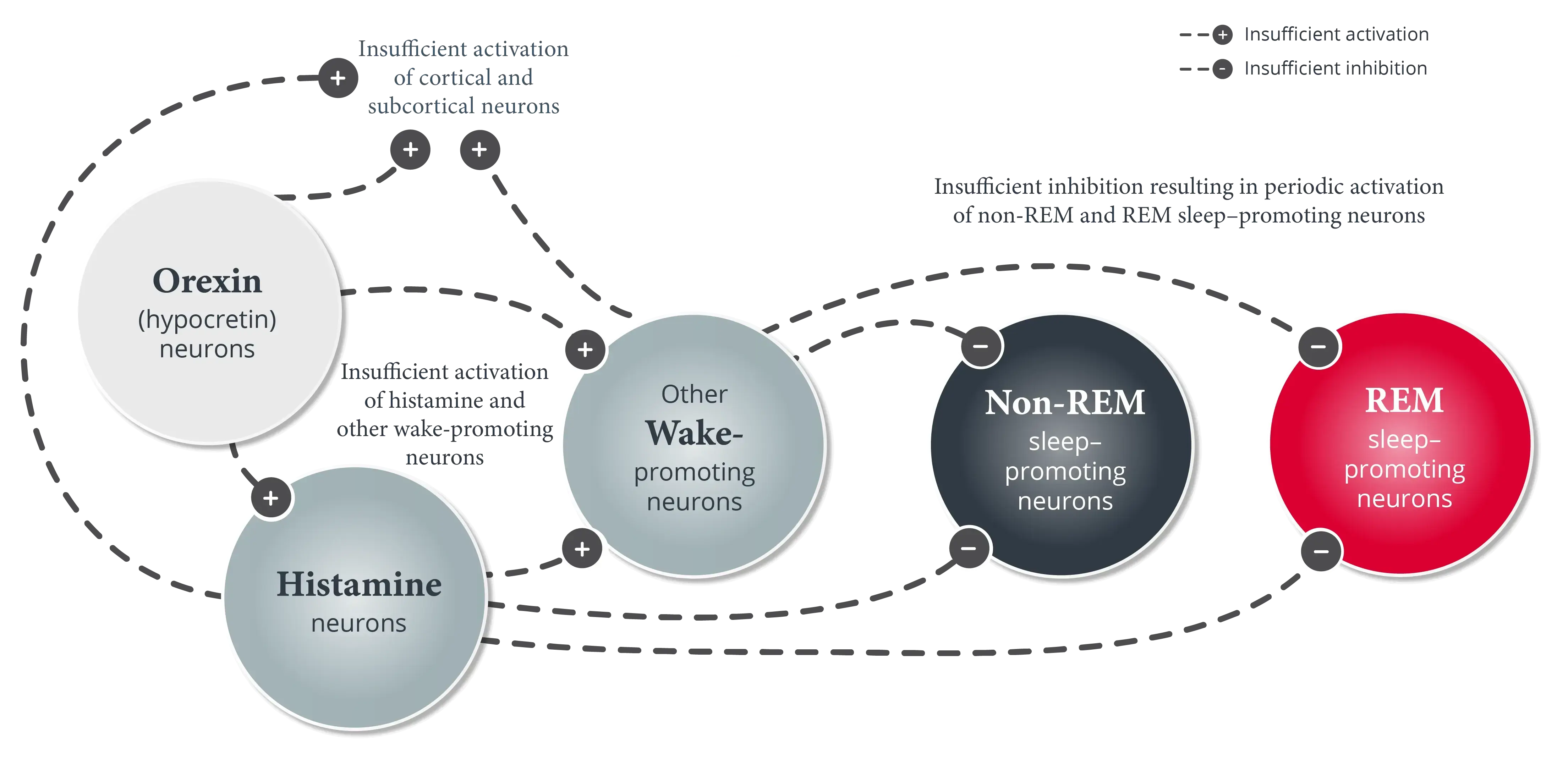

Narcolepsy as a Central Disorder of Hypersomnolence
This content was developed using the International Classification of Sleep Disorders, third edition, text revision (ICSD-3-TR) and other materials.
Narcolepsy as a Central Disorder of Hypersomnolence
This content was developed using the International Classification of Sleep Disorders, third edition, text revision (ICSD-3-TR) and other materials.
Overview
Narcolepsy type 1 (narcolepsy with cataplexy) and narcolepsy type 2 (narcolepsy without cataplexy) are classified as central disorders of hypersomnolence.1
Central disorders of hypersomnolence are a group of disorders in which the primary symptom of excessive daytime sleepiness (EDS) is not caused by a circadian rhythm sleep-wake disorder or other untreated underlying medical condition or lifestyle factor.1
Patients with EDS are unable to stay awake and alert during the day, resulting in periods of irrepressible need for sleep or lapses into drowsiness or sleep.1
Each central disorder of hypersomnolence is differentiated by its own essential features and diagnostic criteria.1 The content of this site is focused on the disorder of narcolepsy in both adult and pediatric patients.
Narcolepsy
Narcolepsy is a single disorder regardless of the age of the patient; however, symptoms may manifest differently in adult and pediatric patients.1,2
Characterized by EDS and abnormal manifestations of REM sleep, there are two types—narcolepsy type 1 (narcolepsy with cataplexy) and narcolepsy type 2 (narcolepsy without cataplexy).1
Most pediatric patients (approximately 70%-80%) with narcolepsy have narcolepsy type 1.3,4 The symptoms of EDS and cataplexy present differently in pediatric patients than in adult patients, so approaches to management may be different.1,2
Learn more about narcolepsy in adult patients.
Learn more about narcolepsy in pediatric patients.
References
- American Academy of Sleep Medicine. International Classification of Sleep Disorders. 3rd ed, text revision. American Academy of Sleep Medicine; 2023.
- Plazzi G, Clawges HM, Owens JA. Clinical characteristics and burden of illness in pediatric patients with narcolepsy. Pediatr Neurol. 2018;85:21-32.
- Maski K, Kotagal S. Clinical features and diagnosis of narcolepsy in children. Clinical Decision Support | UpToDate | Wolters Kluwer. Updated July 29, 2024. Accessed January 5, 2025. https://www.uptodate.com/contents/clinical-features-and-diagnosis-of-narcolepsy-in-children
- Chung I-H, Chin W-C, Huang Y-S, Wang C-H. Pediatric narcolepsy–a practical review. Children (Basel). 2022;9(7):974. doi:10.3390/children9070974


